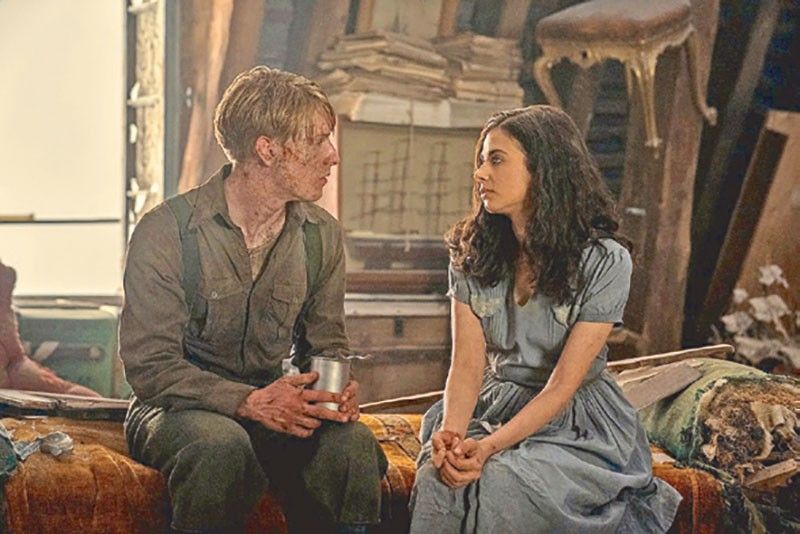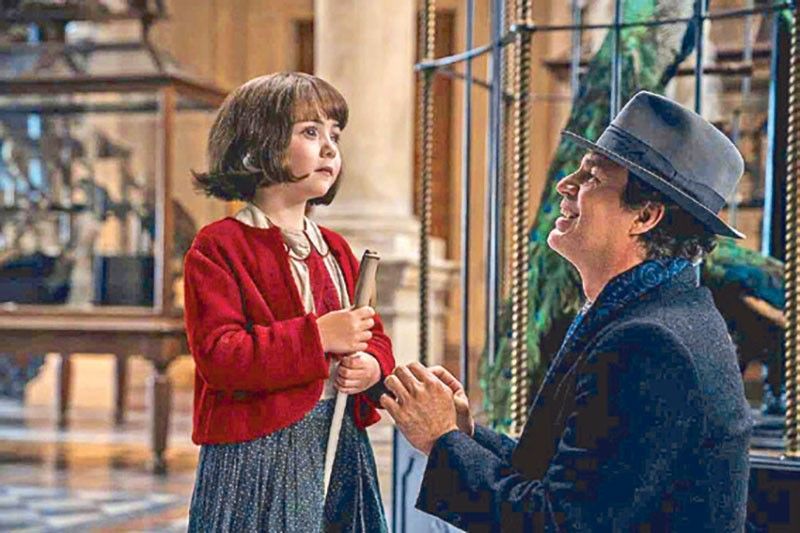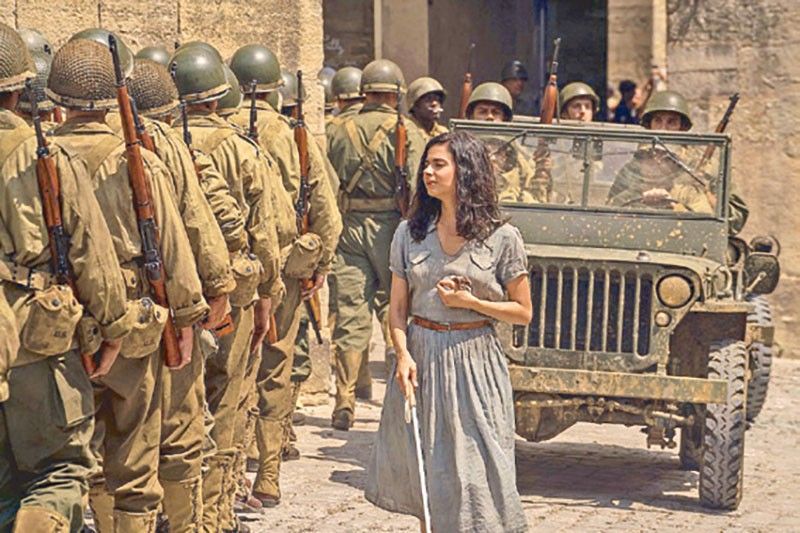Love is blind

In this season of light and joy, feel the warmth of Christmas and listen to Christmas carols in movies that don’t have a single Christmas tree in them — but uplift your spirits like Jingle Bells can. One of them is a mini-series.
If you’ve got a day or two to “binge” on a four-part mini-series (of an hour per episode), then don’t miss All the Light We Cannot See on Netflix, whose essence I touched on lightly in my last column since I was just halfway through it then.
All the Light We Cannot See is four hours of hope, and light that you both can see and cannot see. It takes place in the throes of World War II, but with flashbacks.
It is the story of a blind French girl, Marie-Laure LeBlanc, who finds companionship and hope in anecdotes and scientific facts about light, yes, light, broadcast at a certain radio frequency by someone only known as “The Professor.” (Mind you, not of the Money Heist kind).
Marie-Laure is portrayed as a grownup with effortless intensity by Aria Maria Loberti, a legally blind American actress; and essayed as a child with disarming innocence by doll-like Nell Sutton, born with glaucoma and legally blind as well. The movie, according to sources, purposely cast blind actresses to portray Marie-Laure, and an accessibility coach was one of the names that came out in the credits.
From the Professor’s broadcasts, Marie-Laure learns “the most important light in the world is all the light you cannot see.”
“He said the light you get from a piece of coal is actually sunlight. The point is light lasts forever. For a billion years inside a piece of coal. But darkness lasts not even for one second when you turn on the light.”

Marie-Laure’s father (Mark Ruffalo as Daniel LeBlanc) works at a museum in Paris, and is a custodian of treasures, one of which is called the “Sea of Flames.” I won’t tell you what it is but it is a pivotal part of the plot and underscores both the strength and gentleness of Daniel LeBlanc as a parent of a blind child. He tells her, and his words, though scripted, still resonate with me: “Everything has a voice. You just have to listen.” “The world’s still the world whether you can see or not. Your fingers are your eyes.”
The series, based on Anthony Doerr’s Pulitzer Prize-winning novel, underscores kindness yet also exposes how a blinding desire for personal survival, as shown with such menacing authenticity by a German Gestapo officer named Reinhold von Rumpel (Lars Eidinger) can trump all other values.
The other German soldier in the mini-series is a young Robert Redford lookalike that my younger self would have had a crush on, Werner Pfennig portrayed with such heart-throbbing emotion by Louis Hoffman. Like Marie-Laure, he was an avid follower of the Professor’s broadcasts. “When I was a child, shortwave 13.10 was my only hope. Shortwave 13.10 was my escape. My refuge,” Werner said.
Werner, a genius with electronics, hence his fascination with the Professor’s broadcasts, is perhaps the first German soldier I’ve seen onscreen (and I watched Combat when I was a little girl) who is allowed to cry, and Louis Hoffman does it so elegantly. (I guess you could say I wasn’t entirely being accurate when I said it was my younger self who had a crush on the Redford lookalike.) For the first time, I felt sympathy for a German soldier, whose humanity was tenderly exposed by the American filmmakers. I mean, in war movies like Schindler’s List, the enemy was not human at all.
Both Marie-Laure and Werner’s paths are tied into a ribbon by the “Professor.” How? That is for you to find out. You will also find out if it is possible to fall in love at first sight, even if you are blind. You will also wonder — must one be figuratively blind to make love at first sight last? Blind to society’s opinion, to the other’s faults, to biases?

The Professor, aside from his educational broadcasts, also transmits clandestine radio messages as part of the French Resistance. Despite his heroism, he is also in a dark place. Though he can see, he is figuratively immobilized by something that makes him physically challenged as well.
Most of the movie is set in Saint-Malo, a historic French port and walled city in Ille-et-Vilaine, Brittany and filming reportedly took place in Budapest, Saint-Malo and Villefranche-de-Rouergue in the south of France.
While Shawn Levy’s adaptation of Doerr’s novel is historical fiction, the 1944 siege and battle for control of Saint-Malo is fact. According to an article on Tudum by Netflix, quoting production designer Simon Elliott, “Everything that’s set in Saint-Malo, if it’s on the beach and aerial stuff, was shot in Saint-Malo.”
The article also reveals that the graceful staircase and parts of the attic where the Professor lives took nine weeks to build and were made from reclaimed timber from an old barn.
This series is romance that makes you stop and think and look inwardly. No, the “introspection” doesn’t make you work hard on puzzles or plots or character analysis; rather, it unravels tight knots inside you so you may relax and bask in the light of love and dazzling hope.
You may e-mail me at [email protected]. Follow me on Instagram @joanneraeramirez.
- Latest
























